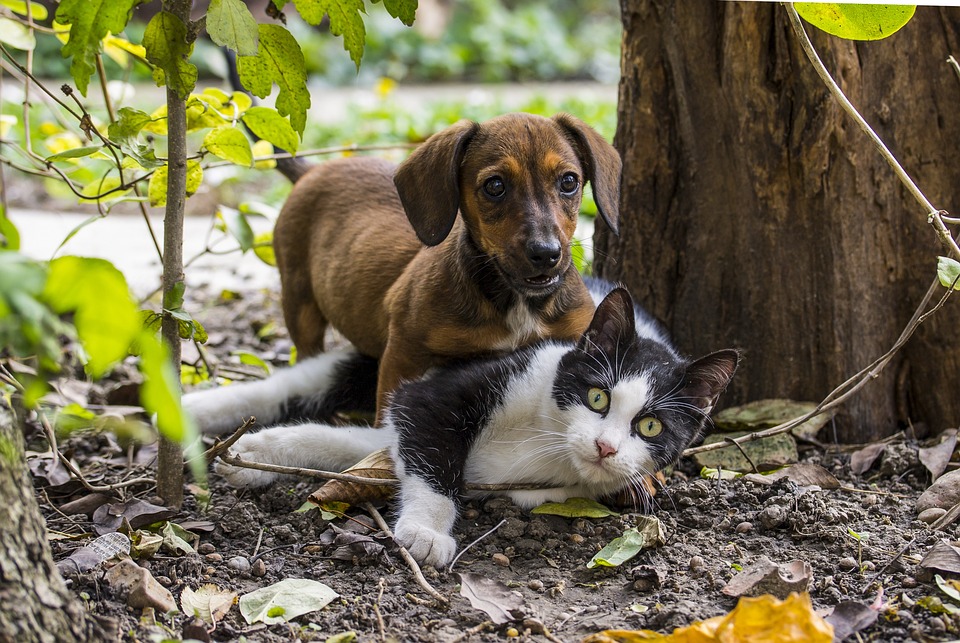Cats are known for their unique behaviors, one of which is paw kneading. This rhythmic motion, where they push their paws in and out against a surface, is often seen during cuddling sessions. While it may seem cute and harmless, understanding the reasons behind this behavior can help you cope with it and strengthen the bond with your feline friend.
Paw kneading is a natural behavior that cats develop from a young age. Understanding the various reasons behind this behavior can provide insights into your cat’s emotions and needs.
One reason cats engage in paw kneading is instictual behavior. As kittens, they knead their mother’s mammary glands to stimulate milk production. This behavior is carried into adulthood as a comfort-seeking action, reminiscent of their early bonding experiences.
Another reason for paw kneading is marking territory. Cats have scent glands in their paws, and paw kneading helps them mark their territory. By pushing their scent onto a surface, they communicate ownership and familiarity. This behavior is often seen when your cat kneads on your lap or a favorite blanket.
Paw kneading can also serve as a form of physical and emotional release for cats. It helps them stretch their muscles, relieve tension, and relax. When cats feel content and secure, they may engage in this behavior to express their happiness.
Some cats display paw kneading as a nurturing behavior. They may associate the act with a comforting sensation and express their affection towards their human companions. It’s their way of reciprocating the love and care they receive.
While paw kneading can be endearing, it may also cause discomfort or unintentional scratches. Here are some coping strategies to manage this behavior during cuddling sessions:
First, you can use a soft barrier to protect yourself from sharp claws. Placing a blanket or cushion between your cat’s paws and your skin provides a gentle cushioning effect, minimizing any potential discomfort.
Regularly trimming your cat’s nails helps reduce the risk of accidental scratches during paw kneading. Consult your veterinarian or a professional groomer for guidance on proper nail trimming techniques.
If your cat’s paw kneading becomes uncomfortable, gently redirect their attention to a suitable alternative, such as a soft toy or a scratching post. This helps shift their focus without interrupting the bonding experience.
Finally, reinforcing positive behaviors is essential. Reward your cat with praise, petting, or treats when they exhibit desired behavior during cuddling sessions. By reinforcing positive behaviors, you encourage alternatives to paw kneading, gradually minimizing its occurrence.
Here are some common questions cat owners have about paw kneading during cuddling:
Q1. Is paw kneading a sign of affection?
Yes, paw kneading can be a sign of affection. Cats often knead when they feel comfortable, secure, and content in their environment.
Q2. Should I discourage my cat from paw kneading?
While paw kneading can sometimes be uncomfortable, it’s generally a harmless behavior. If it doesn’t cause any issues, there’s no need to discourage it. However, if it becomes problematic, you can redirect their attention to other activities.
Q3. Why does my cat drool while paw kneading?
Drooling during paw kneading is not uncommon. It often indicates extreme relaxation and pleasure in cats. It’s a sign that your cat is thoroughly enjoying the cuddling session.
Q4. Can paw kneading cause any harm to my cat?
Paw kneading itself is not harmful to cats. However, if your cat’s nails are overly sharp or long, they may accidentally scratch themselves or others. Regular nail trimming can prevent such incidents.
Understanding and accepting your cat’s paw kneading behavior during cuddling sessions can deepen the bond you share. By implementing coping strategies and redirecting their attention when necessary, you can enjoy cuddle time with your feline companion while keeping both parties comfortable and content.








